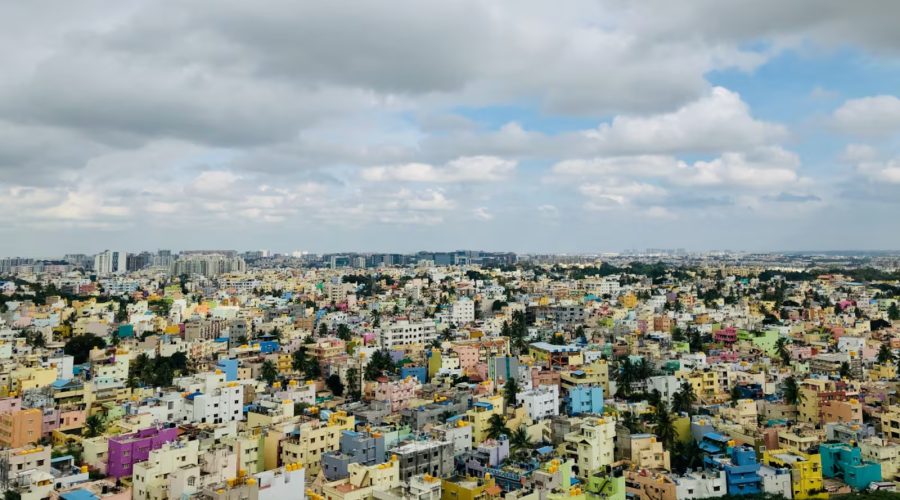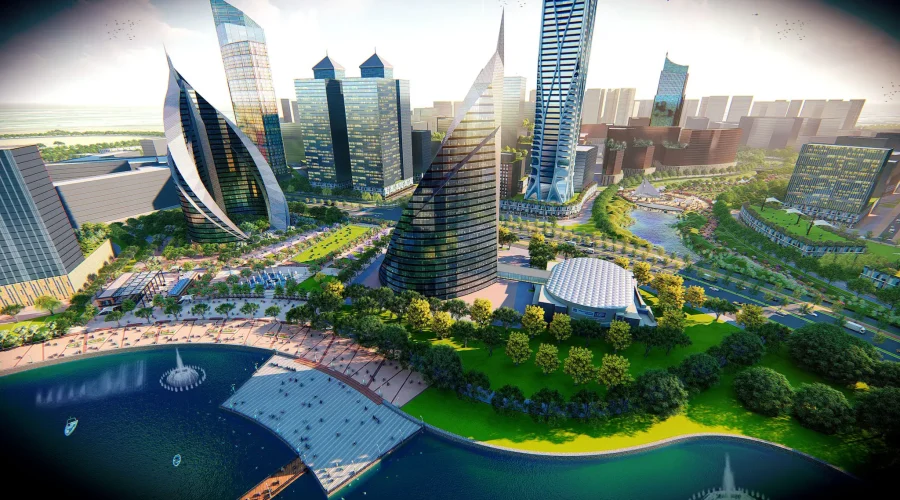Lohia Global: Entering Real Estate with a Rs 1,000 Crore
Lohia Global, a prominent player in manufacturing, exports, and energy sectors, is venturing into a new territory – real estate. The company announced a significant Rs 1,000 crore investment over the next five years to develop residential projects across key locations in India. This move signals Lohia Global’s strategic diversification and its confidence in the country’s growing real estate market.
Capitalizing on Growth and Demand
Lohia Global’s foray into real estate is driven by their recognition of the rising demand for modern and high-quality housing in India’s urban areas and Tier-II cities. Tier-II cities, which are smaller than metros but hold significant economic potential, are witnessing a surge in residential property needs. By focusing on these areas alongside established National Capital Region (NCR) markets, Lohia Global aims to cater to a broader audience seeking contemporary living spaces.
The company has established a dedicated entity, Lohia Developers Pvt Ltd, to handle its real estate operations. Initial plans include developing five residential projects spread across a total area of 30 lakh square feet. The focus will be on Moradabad, Lucknow (both in Uttar Pradesh), and Delhi NCR, with projects expected to be rolled out over the next four to five years. Lohia Global already owns over 100 acres of land in Moradabad, giving them a head start in project development there.
Investment and Funding
Lohia Global plans to finance this venture through a mix of internal accruals and bank loans. The company expects its real estate business to reach a revenue target of Rs 4,000 crore by 2030, marking a significant contribution to the group’s overall income. This ambitious target reflects their confidence in the potential of the real estate sector and their ability to deliver high-quality projects.
Initial reports suggest Lohia Developers will prioritize mid and upper-mid residential segments. Their first project in Moradabad is expected to launch in 2024, offering around 175 villas on a 10-acre plot with an estimated average ticket size of Rs 1 crore.
Lohia Global’s entry into real estate presents an exciting new chapter for the company. Their experience in diverse industries, coupled with a strategic focus on Tier-II cities and in-demand housing segments, positions them well to carve a niche in this dynamic market. As they progress with their development plans, it will be interesting to see how Lohia Developers shapes the real estate landscape in the targeted locations.








